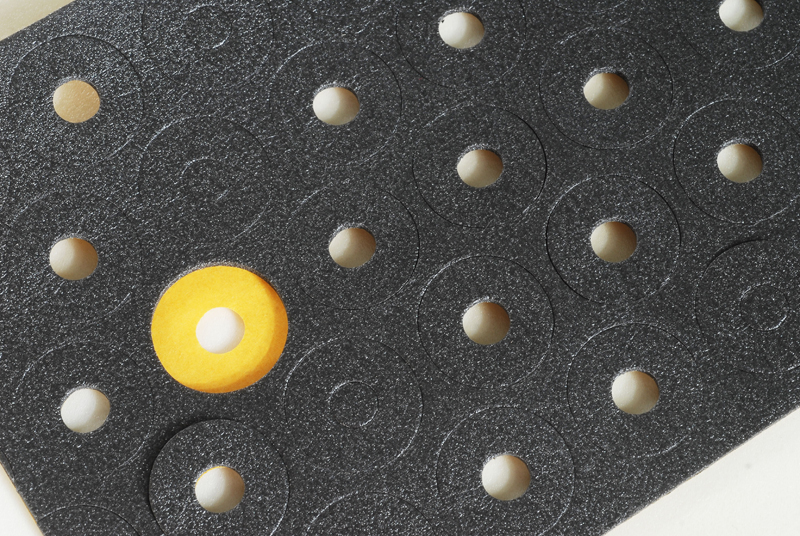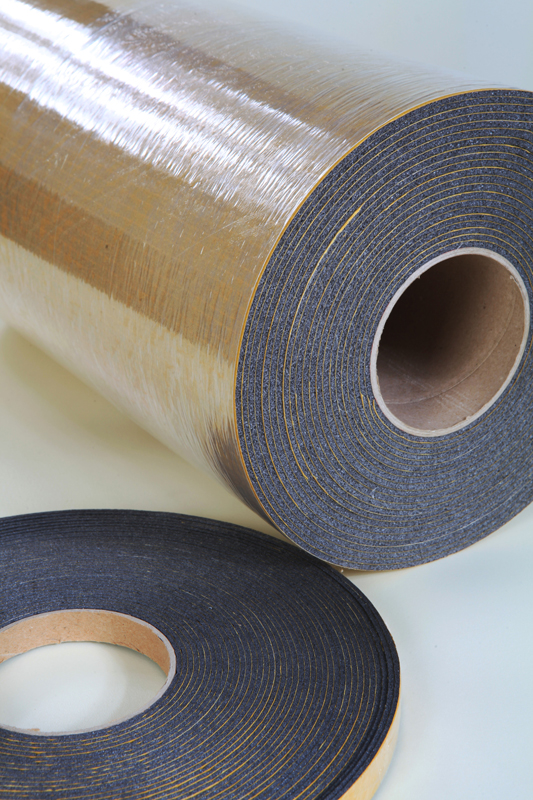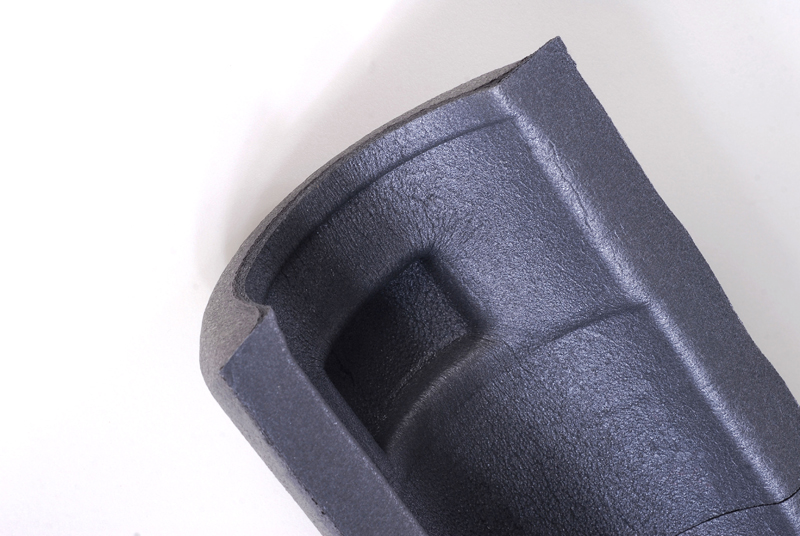From its humble beginnings to its current state as a versatile material, polyethylene foam technology has undergone a remarkable evolution over the years. Imagine a journey of continuous innovation and advancement, where this once simple material has transformed into a crucial component in various industries, offering a wide range of benefits and applications.
Picture the early days when polyethylene foam was first introduced, with its lightweight nature and excellent cushioning properties catching the attention of manufacturers seeking reliable packaging solutions. As time passed, its resistance to chemicals and moisture became evident, further enhancing its appeal across different sectors.
As industries recognized the potential of polyethylene foam, its applications expanded rapidly. Today, this material plays a vital role in packaging, automotive, construction, and sports industries, offering unique advantages tailored to each sector’s specific needs. Whether providing protection for delicate items during shipping or ensuring safety in athletic equipment, polyethylene foam has become a go-to choice for many businesses.

Looking ahead, the future of polyethylene foam technology holds exciting possibilities. With a growing focus on sustainability, innovations in manufacturing processes and materials are expected to make polyethylene foam even more eco-friendly. Additionally, advancements in customization and performance are likely to drive further growth, enabling the material to meet the evolving demands of modern industries.
Introduction to Polyethylene Foam
When it comes to polyethylene foam, it’s like the chameleon of materials – versatile, adaptable, and always ready to take on new challenges. This lightweight material may seem unassuming at first glance, but don’t be fooled by its humble appearance. Polyethylene foam packs a powerful punch when it comes to cushioning properties, making it a go-to choice for industries looking to protect their products from the bumps and bruises of the world.
One of the key characteristics that sets polyethylene foam apart is its excellent cushioning properties. Imagine it as a soft cloud cradling your delicate items, keeping them safe from the harsh realities of the outside world. Whether it’s fragile electronics or sensitive medical equipment, polyethylene foam provides a reliable barrier against impact and shock, ensuring that your valuables reach their destination unscathed.
But that’s not all – polyethylene foam also boasts impressive resistance to chemicals and moisture. Like a shield protecting a warrior in battle, this material stands strong against corrosive substances and pesky water intrusion. This resilience makes it a top choice for industries where exposure to harsh environments is a constant threat, ensuring that products remain intact and functional even in the most challenging conditions.

So, the next time you come across polyethylene foam, remember that there’s more to it than meets the eye. It’s not just a simple foam material; it’s a reliable companion that has your back when the going gets tough. With its lightweight nature, excellent cushioning properties, and resistance to chemicals and moisture, polyethylene foam continues to prove its worth in various industries, cementing its status as a versatile and indispensable material.
Applications in Different Industries
When it comes to the applications of polyethylene foam in various industries, the possibilities are truly endless. This versatile material has found its way into a wide range of sectors, each benefiting from its unique properties and characteristics.
In the packaging industry, polyethylene foam is a go-to choice for protecting fragile items during shipping and storage. Its lightweight nature and excellent cushioning properties make it ideal for safeguarding delicate products from damage caused by impact or rough handling. Whether it’s electronics, glassware, or furniture, polyethylene foam provides reliable protection against shocks and vibrations.
Automotive manufacturers also rely on polyethylene foam for a variety of applications. From insulating vehicle interiors to reducing noise and vibration in car components, this material plays a crucial role in enhancing comfort and safety for drivers and passengers alike. Additionally, its resistance to chemicals and moisture makes it a durable and long-lasting solution for automotive needs.
In the construction industry, polyethylene foam is used for insulation, soundproofing, and moisture protection. Its ability to withstand harsh environmental conditions and temperature fluctuations makes it an ideal choice for building materials. Whether it’s insulating pipes, sealing gaps, or dampening sound in walls, polyethylene foam offers reliable performance and longevity.
When it comes to sports equipment and gear, polyethylene foam shines in providing comfort, support, and impact absorption. From protective padding in helmets and knee pads to buoyancy aids in water sports, this material enhances safety and performance for athletes and enthusiasts alike. Its lightweight and flexible nature make it a preferred choice for sports applications.

In conclusion, the widespread use of polyethylene foam across different industries highlights its versatility and adaptability. As technology continues to evolve, we can expect to see even more innovative applications of this material in the future, catering to the ever-changing needs of various sectors.
Future Trends and Innovations
The future of polyethylene foam technology holds exciting possibilities for advancements and innovations. As industries continue to demand more sustainable and customizable solutions, polyethylene foam is poised to meet these evolving needs. One of the key trends in the future of polyethylene foam is the focus on sustainability. Manufacturers are exploring ways to make the production process more eco-friendly, reducing the environmental impact of polyethylene foam. This shift towards sustainability not only benefits the planet but also resonates with consumers who prioritize environmentally friendly products.
Customization is another area where polyethylene foam technology is expected to excel in the future. With advancements in manufacturing processes, companies can tailor the properties of polyethylene foam to meet specific requirements of different industries. Whether it’s adjusting the density, thickness, or color of the foam, customization allows for a more precise and efficient use of this versatile material.
Furthermore, the future of polyethylene foam technology will likely focus on enhancing performance characteristics. By improving the durability, flexibility, and insulation properties of polyethylene foam, manufacturers can expand its applications across a wider range of industries. This drive for enhanced performance will lead to the development of new formulations and production techniques, pushing the boundaries of what polyethylene foam can achieve.

